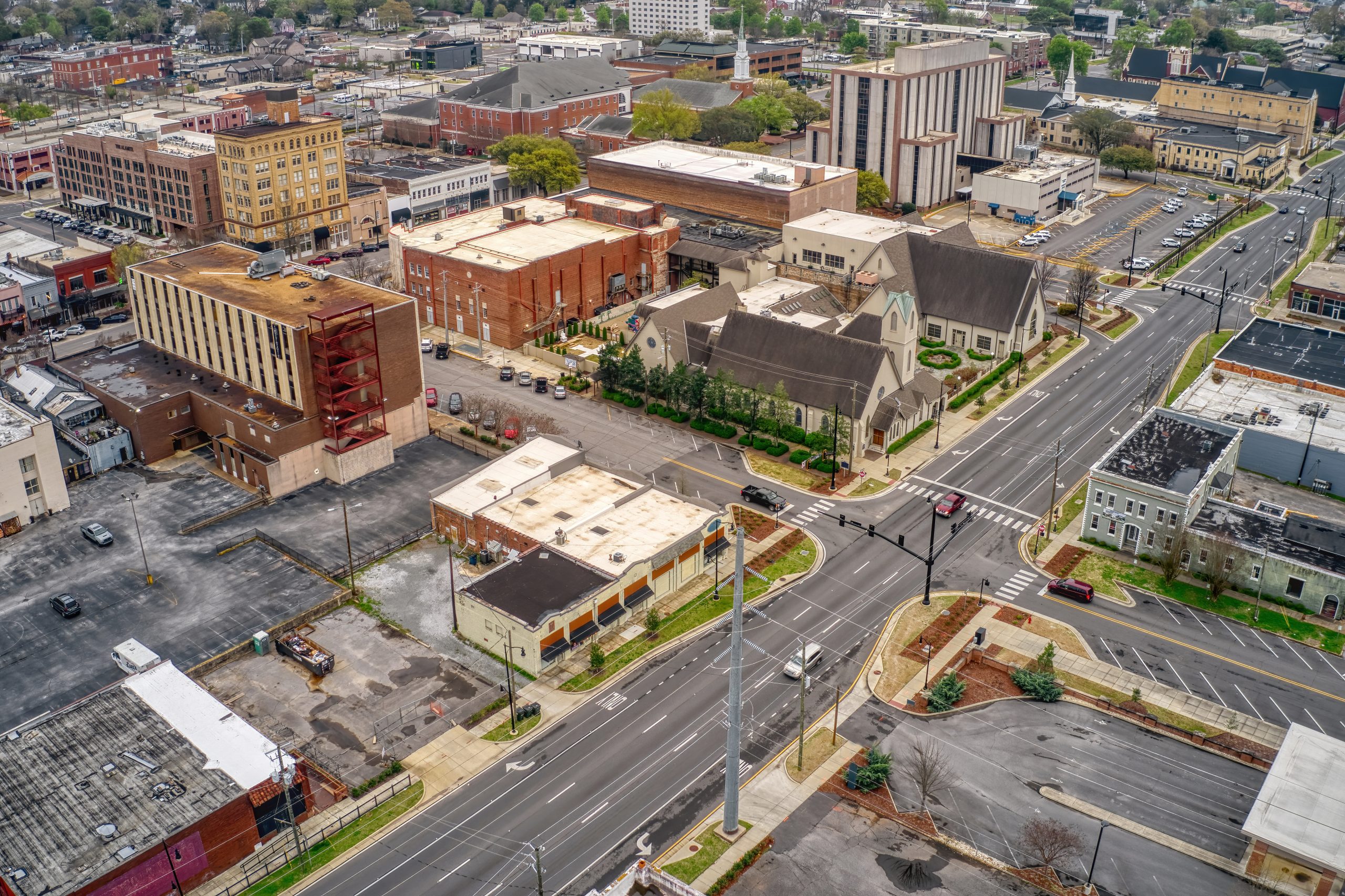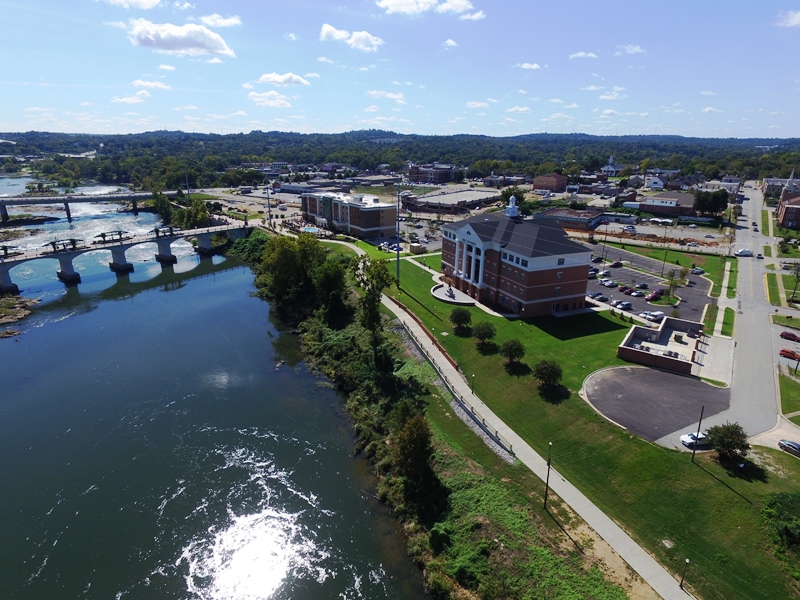Rising construction costs 2022
Inflation isn’t a new concept in construction. In fact, it’s part of many projects and is difficult to avoid. But now, inflation is happening at a breakneck pace and is plaguing developers’ timelines and financials. Numerous projects are facing delays due to rising costs, limiting the number of opportunities developers can crank out to consumers promptly. The Consumer Price Index climbed 8.6 percent from May 2021 to May 2022, the most significant 12-month increase on a year-to-year basis. This article highlights the higher cost of construction, forcing developers to slow down and not produce as many projects. Multiple developers have voiced they cannot get projects across the finish line because general contractor bids are coming back higher than they have historically. Developers can no longer make the numbers work based on what tenants will pay for rent vs. what the project will cost.
What is driving construction constraints?
With construction costs rising and the labor market struggling to find suitable workers with the experience needed to deliver outstanding projects, it’s challenging to be a commercial developer. Recent data from the U.S. Census Bureau shows construction costs went up by 17.5 percent year-over-year from 2020 to 2021, the largest spike in this data from year to year since 1970. Costs in 2021 were also more than 23 percent higher than pre-pandemic 2019. Developers blame these challenges on inflation, supply chain shortage, labor shortage, and other issues.
Cost of Materials
The higher costs and lack of available materials have added weeks to construction timelines. For example, softwood lumber alone jumped a record 85 percent from November 2021 to January 2022 after the U.S. doubled the Canadian lumber tariff and wildfires disrupted lumber production. Other materials used to build, like gypsum and steel, also inched higher. The price index for steel mill products increased to a record high in September 2021 before falling in Q4 2021. The current average U.S. HRC steel price is between $894 and $1,101 per short ton. Additionally, in June 2022, one gallon of diesel cost an average of $5.75, a price increase of $2.50 compared to the previous quarter and the highest average monthly price increase in decades.
As these material costs increase and availability dwindles, weeks are added to typical construction timelines. This situation has led some development companies to stockpile materials or eliminate features to protect themselves from future increases and keep projects on track. This issue is driving up the cost of projects for the developer and the potential landlord or renter, as the costs are ultimately passed down to the end-user.
Labor Shortage
Labor and skills shortages have slowed the growth and eroded profitability across the construction value chain. In addition to developers having a challenging time recruiting qualified workers to fill open positions, the retention rate is poor. Skilled workers, including electricians and carpenters, are the most challenging roles to fill.
Supply Chain Disruption
Across the globe, various industries are facing long-term traffic jams. Stories regarding supply chain disruption continue to make headlines as manufacturers and retailers struggle to keep stores stocked, and consumers experience shopping delays. While the U.S. is primarily out of the woods from the pandemic, the prompted shutdowns of many industries in 2020 and 2021 lowered consumer demand and reduced industrial activity. COVID-19 was the catalyst of supply chain problems that disrupted parts of various channels downstream.
As industries struggle to bounce back, chaos has ensued for manufacturers and distributors who cannot keep up with the production or supply of goods and material as they did pre-pandemic. In addition to the supply chain backup, freight costs are up, and it’s taking twice as long to receive goods and materials as it did prior to the pandemic. The U.S. is also battling a shortage of truckers and experiencing large backlogs at its ports. It is anticipated that supply will continue to play catchup as bottlenecks are still visible in many parts of the supply chain.
What will happen if inflation continues to rise?
Suppose inflation continues to put barriers on building material acquisition. In that case, construction schedules will be pushed further back, projects will be canceled, and the added costs will be passed on in the property’s value, whether that be to investors, landlords, or renters. For example, the rising cost of lumber alone added nearly $13,000 to the market value of a multifamily unit, translating to renters paying an average of $119 more per month to rent a newly built apartment, according to the National Association of Home Builders. These factors will limit the ability of the commercial sector to meet the rate of expansion compared to previous years. Developers are also experiencing rising interest, making it more difficult – or less advantageous – to borrow money.
How can developers respond?
Mitigate it. Plan for it. Take advantage of it.
Commercial real estate serves as a hedge against inflation. However, the combination of higher inflation and interest rates has caused developers to build less, and therefore, existing property owners will likely choose to hold onto their assets for longer. In a typical and developing real estate market, property owners lose market share when new construction comes to market, but owners maintain market share when development slows. This gives owners the upper hand when setting rental rates and terms. It is anticipated that developers will become more selective in where they choose to build, seeking out markets that are more affordable and have less government overreach.
Whether it’s the lack of materials or labor, overall shortages complicate the construction industry. While the Fed will attempt to temper inflation through adjustments in interest rates and reduced bond purchases, high consumer prices will continue well into the summer of 2022 and are predicted to worsen before conditions improve. Inflation is real, and developers must be aware of the costs and constraints to plan projects accordingly.





